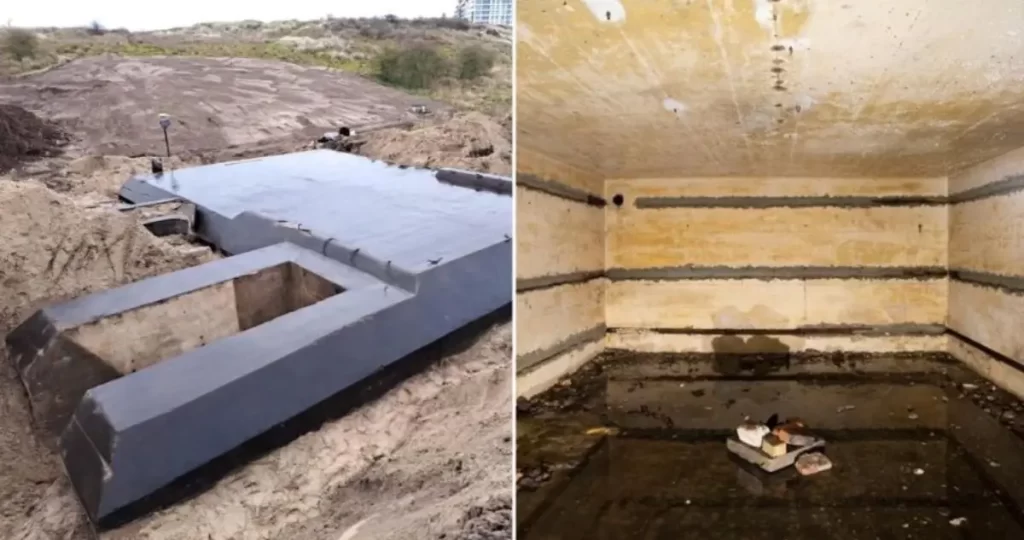In Knokke, Belgium’s Willemspark, while laborers were eliminating intrusive vegetation as part of a dune restoration endeavor, they came upon three bunkers from World War II concealed just beneath the sand’s surface.
Archaeologists have unearthed three bunkers from World War II and various artifacts from that period in Knokke, Belgium’s Willemspark.
Situated about 70 miles northwest of Brussels, the coastal town of Knokke was a key area during World War II, featuring over 60 structures erected by the Germans to safeguard the coastline against potential Allied assaults.

Expectations are high among researchers for further discoveries in this locale, which could significantly enhance Belgium’s historical legacy.
The surprising find occurred when a team from the Agency for Nature and Forests, as part of the LIFE DUNIAS European initiative, arrived in the area to rehabilitate sand dunes, which involved eliminating invasive flora.
While undertaking this task, the team chanced upon a sizable concrete bunker concealed beneath the sand. Aware of the region’s significance during World War II, they alerted archaeologists from the Immovable Heritage Agency to continue the excavation.
“We anticipated finding remnants from the war in this area,” remarked archaeologist Sam De Decker to VRT NWS, a Flemish news outlet. “We were aware of the presence of a bunker, but the extent of our discovery was unexpected.”

Beneath the sand lay three single-chamber bunkers, each approximately 20 feet by 23 feet in size. Constructed with three-foot-thick reinforced concrete walls, their sole entrances were located on their roofs.
Within the bunkers, archaeologists uncovered debris and bricks scattered amidst shallow pools of water.
However, the archaeological team did not limit their investigation to the bunkers alone; instead, they committed to a comprehensive excavation of the surrounding area in search of additional World War II relics.
The bunkers formed part of the Atlantic Wall, a defensive line established by the Germans to shield the coastline from invasion. In addition to the bunkers, archaeologists discovered two brick trenches, a water well, and fragments of a concrete pathway at the site.

Most of the structures in the vicinity date back to the period between 1942 and 1945. Regrettably, no artifacts from World War I were found, despite the existence of other bunkers, trenches, and artillery batteries in the area during that time.
In the early 1940s, German forces constructed Stützpunkt Heyst, a stronghold comprising 60 structures along Belgium’s northern coast. The formidable defenses, including heavy artillery installations and an anti-tank barrier, rendered Stützpunkt Heyst virtually impregnable, according to a statement from the town.
However, following the cessation of hostilities in 1945, local residents chose to bury the region’s wartime history, concealing the structures beneath layers of sand.
Now, for the first time since the war, these structures are emerging from obscurity.
“It is astonishing how quickly people forget that a war raged here 80 years ago,” De Decker remarked to VRT NWS. “We aim to reintroduce the history of the Atlantic Wall to the public consciousness. The dunes were fully developed back then. Whether considered aesthetically pleasing or not, they constitute an integral aspect of our collective past.”
The archaeological team intends to continue excavating the area, expressing optimism about the possibility of further discoveries.
“Once we’ve completed excavation along the entire coastline, it will likely take an additional four winters. We’ve already made astonishing progress,” concluded De Decker.



